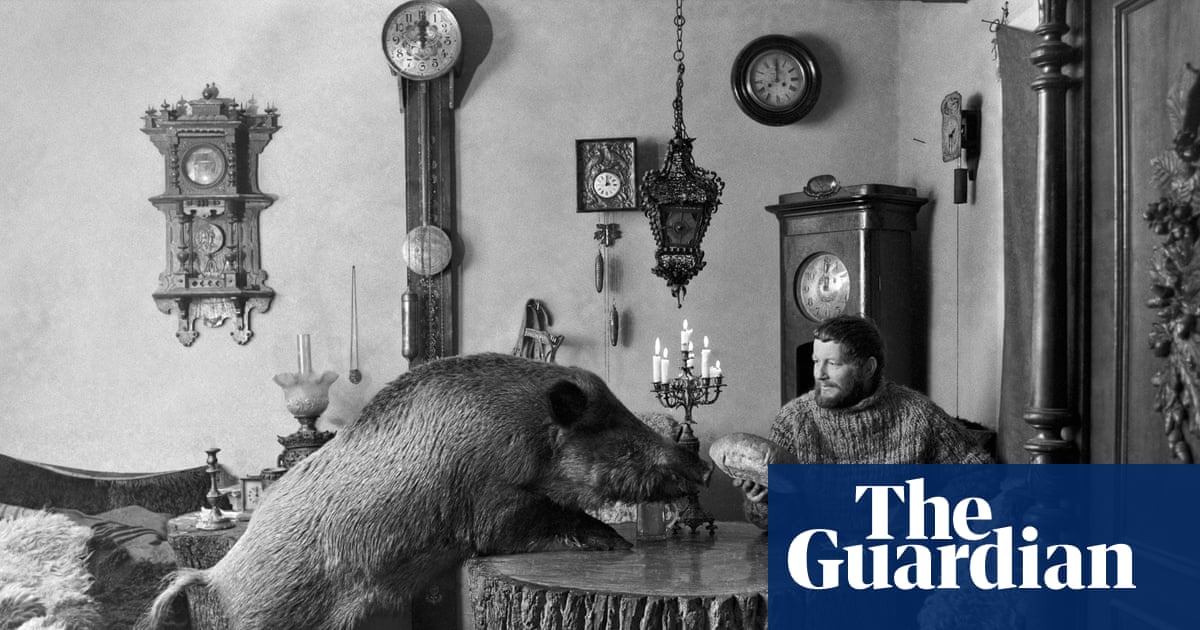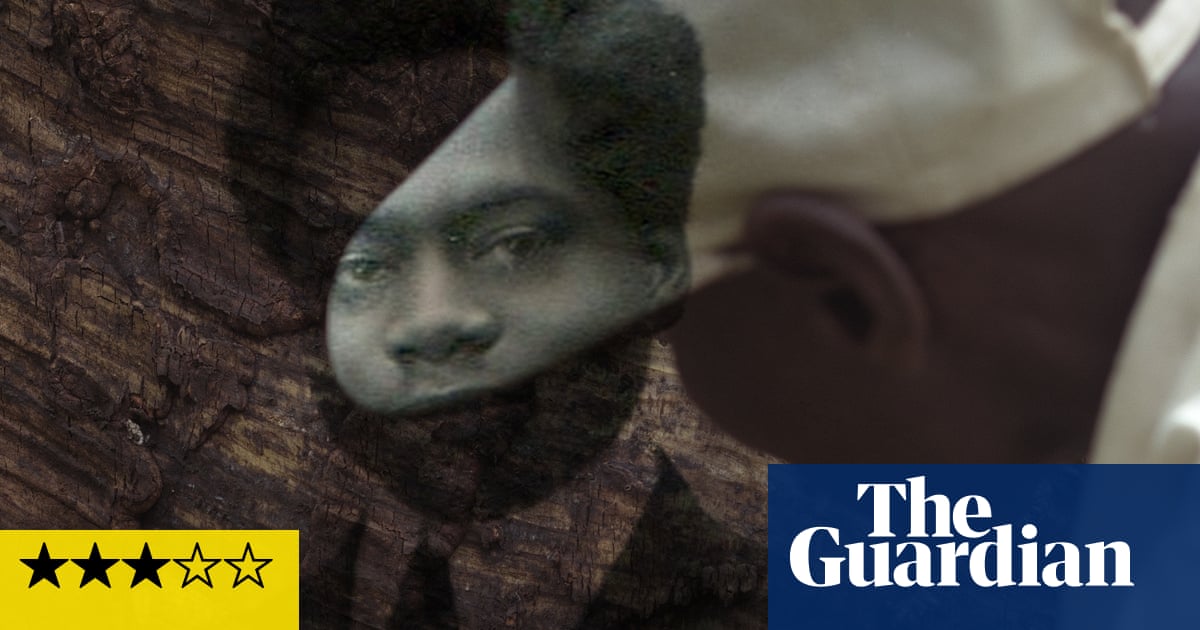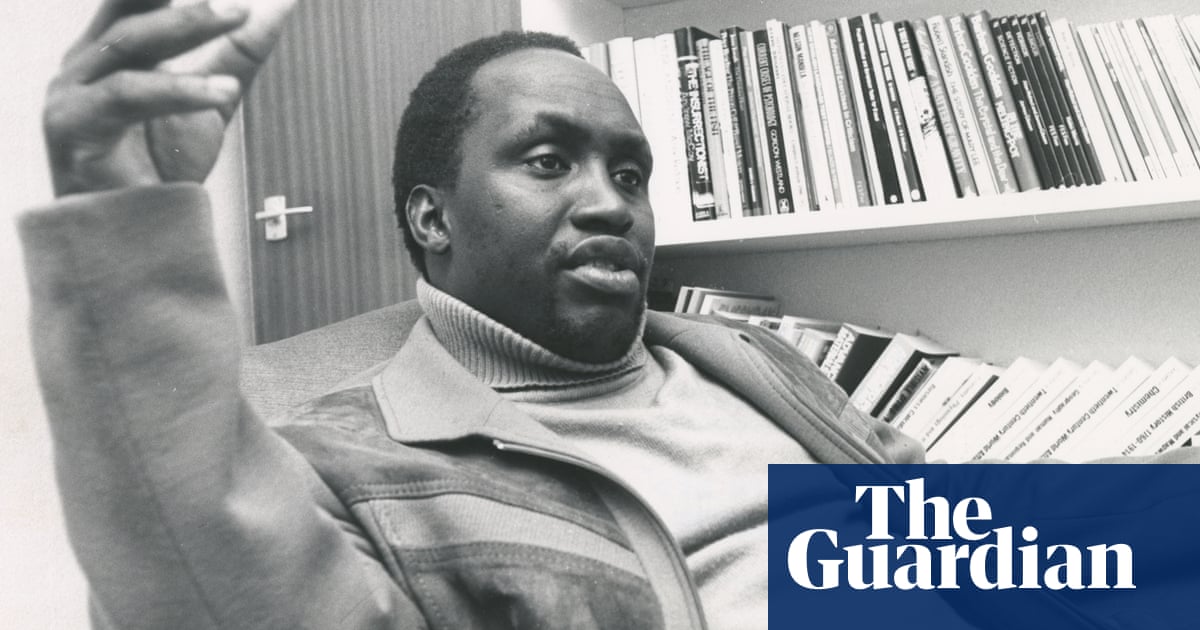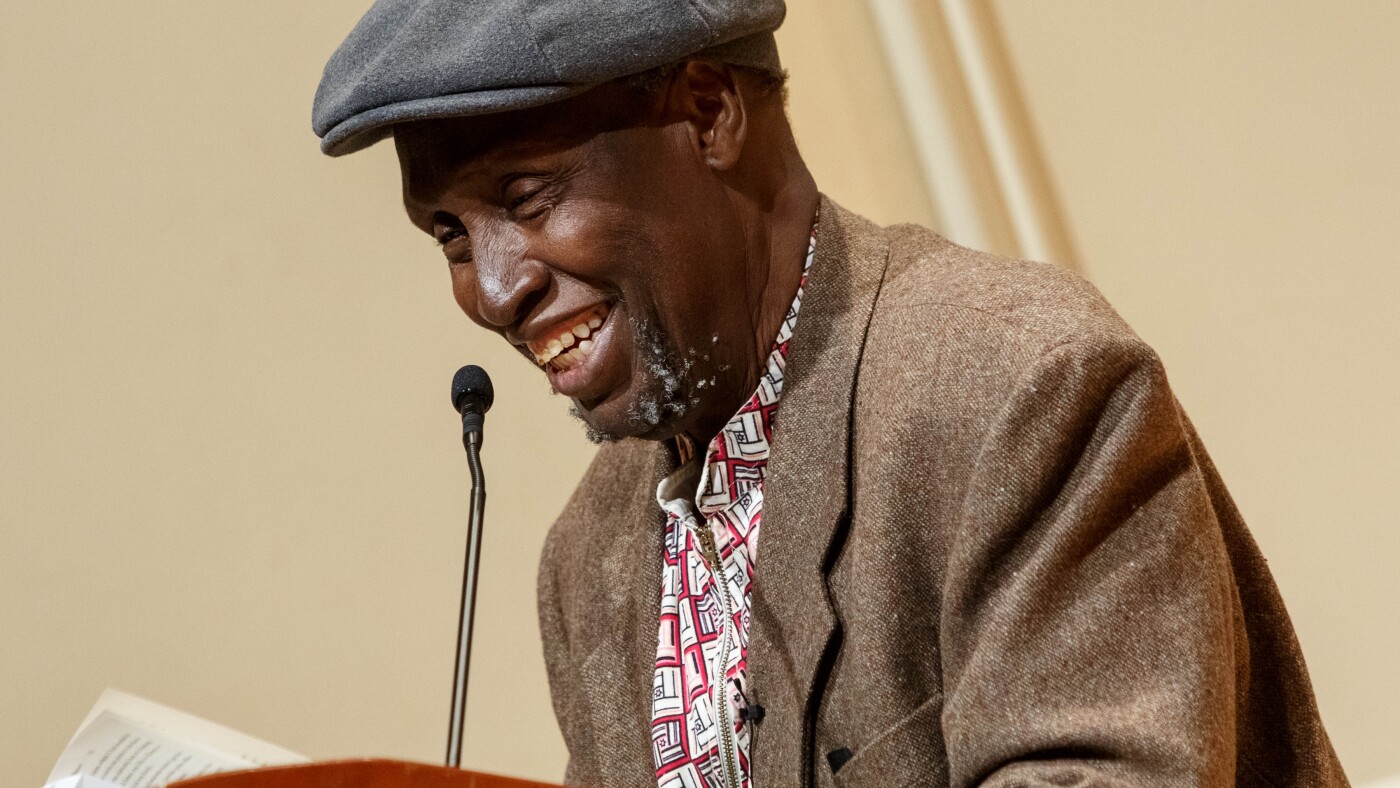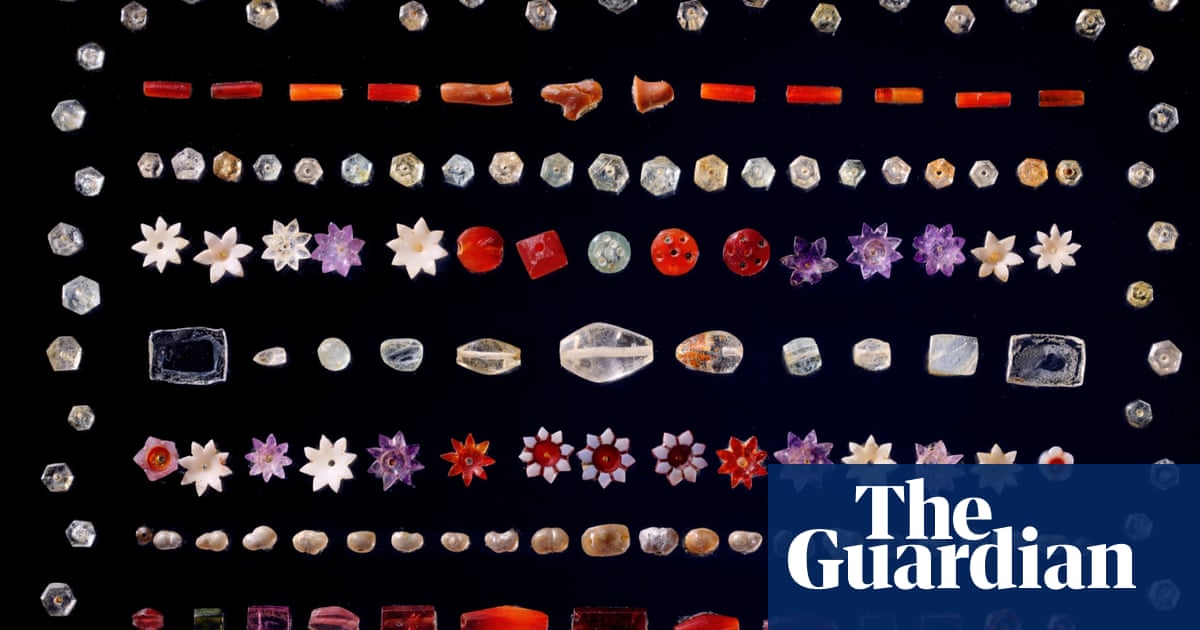#colonialism
#colonialism
[ follow ]
#cultural-heritage #cultural-identity #art #ngugi-wa-thiongo #repatriation #human-rights #contemporary-art
World news
fromwww.independent.co.uk
1 week agoMadagascar welcomes home skulls of Indigenous warriors taken by French colonial troops 128 years ago
Returned ancestral remains and colonial trophies from France were repatriated to Madagascar under a 2023 French law, marking a symbolic restoration and national ceremony.
fromNature
2 weeks agoWho is afraid of quantum mechanics? Books in brief
The BBC's first cyber correspondent, Joe Tidy, travels the world interviewing high-profile cybercriminals and cybersecurity experts - part of a growing industry worth US$200 billion. What most intrigues him after a decade is how often hackers are solitary teenage boys, teaming up from their bedrooms, often thousands of kilometres apart, to "cause mayhem". Why? Some want to hurt people, but a "decent chunk" have no idea of the harm and chaos they cause.
Science
fromwww.aljazeera.com
2 weeks agoHow a children's chocolate drink became a symbol of French colonialism
With its red fez, broad smile and simplified French, Banania's mascot has been associated with racist stereotypes. In 1909, French journalist-turned-entrepreneur Pierre-Francois Lardet returned from a trip to Nicaragua determined to recreate a beverage he had tasted there. Five years later, in August 1914, Banania was born. The arrival of the chocolate-flavoured banana powder drink came just as France found itself at war.
Social justice
Film
fromwww.theguardian.com
2 weeks agoAmanyanabo: The Eagle King review a lavish Nollywood epic of crowns, gods and colonial tension
Historical Nollywood epic Amanyanabo centers on warrior Ibanichuka's contested rise to power amid Christian influence, colonial pressure, and competing local political factions.
fromwww.theguardian.com
3 weeks agoThe Guardian view on Africa and maps: drawn true, its scale and promise can't be ignored | Editorial
The Mercator projection, devised in the 16th century to help European sailors navigate their way to conquest and commerce, has quietly shaped how we see the world for centuries. By stretching the higher latitudes and squeezing the equatorial belt, the Mercator projection distorts the relative size of continents. Europe and North America loom vast, while Africa and South America shrink.
Design
Social justice
fromwww.theguardian.com
1 month agoThis is the week Scotland was forced to confront its role in slavery, and say: Yes, that was us' | Hannah Lavery
Edinburgh's legacy includes a troubling history of complicity in slavery and colonialism, challenging the narrative of a purely enlightened past.
fromSFGATE
1 month ago'Anti-American': Former ranger blasts removal of Muir Woods history exhibit
"Alert: History Under Construction. Everything on this sign is true but incomplete." This message was part of the exhibit aimed at enhancing historical narratives at Muir Woods National Monument, showcasing untold stories of indigenous peoples and colonial impacts.
National Football League
philosophy
fromenglish.elpais.com
1 month agoPulitzer Prize winner Jason Roberts: One of the great challenges of today's world is the appeal of simplism'
True science intertwines advancements with life-and-death consequences, highlighting a historical race for knowledge amidst perilous explorations and colonial undertones.
US politics
fromenglish.elpais.com
1 month agoAzmi Bishara, former Palestinian member of the Israeli Parliament: Starting a genocide in Gaza was a political decision'
Azmi Bishara critiques the narrative of victimhood in the Israeli-Palestinian conflict, arguing that historical injustices shape current perceptions.
Social justice
fromColossal
2 months agoA Multifaceted Book and Exhibition, 'Black Earth Rising' Contends with Colonialism, Land, and Climate
Terra preta, a nutrient-rich soil, was cultivated by Indigenous farmers and symbolizes themes of justice and environmental awareness in the exhibition Black Earth Rising.
Canada news
fromThe Art Newspaper - International art news and events
2 months agoAs North America's oldest company faces bankruptcy, the sale of its collection raises fears among Indigenous communities
The sale of HBC's art and artifacts is contested by Indigenous communities and academics seeking federal intervention.
Environment
fromThe Art Newspaper - International art news and events
2 months agoAt Baltimore Museum of Art, a new exhibition asks us to consider the connections between race, colonialism and the climate crisis
Colonial violence and extraction are critical to the current ecological breakdown and climate catastrophe.
Arts
fromstupidDOPE | Est. 2008
2 months agoRomeo Mivekannin Challenges Colonial Legacies with "Atlas" at Art Basel | stupidDOPE | Est. 2008
Roméo Mivekannin's installation 'Atlas' critiques ethnographic museums and their colonial legacies by presenting architectural models that resemble bird cages.
fromwww.theguardian.com
3 months agoAn Indigenous nation in Canada hails historic constitution: We're now the architects of certainty for ourselves'
For the Heiltsuk, stories explain everything from the shape of a local mountain to the distinct red fur fringes on the sea wolves stalking shores.
Canada news
fromTheartnewspaper
3 months agoWereldmuseum Amsterdam ponders space to 'respectfully' house human remains
We have chosen not to show any human remains. And that is a push with a lot of different museums. For us it is a complex story because physical anthropology is one of the important departments.
Arts
London food
fromArchDaily
3 months ago"A Site of Destruction, a Site of Opportunity": In Conversation With Kabage Karanja and Kathryn Yusoff, Curators of the British Pavilion
The British Pavilion at Venice Architecture Biennale challenges colonial narratives and envisions architecture as a planetary practice.
History
fromNature
3 months agoHow 'organized looting and plunder' drove Britain's second scientific revolution
The East India Company monopolized scientific knowledge from Asia, reshaping global understanding while subjugating local knowledge systems.
Jessica Ratcliff explores how colonial capitalism influenced the transfer of knowledge during Britain's Second Scientific Revolution.
fromTheartnewspaper
4 months agoFrank Auerbach's Berlin homecoming, human remains and museums, Ian Hamilton Finlay's 'Republic'-podcast
The absence of a dedicated exhibition for Frank Auerbach in Berlin, despite his legacy, has underscored the artist's historical ties and contributions to the art world.
Berlin music
fromwww.theguardian.com
4 months agoAuction of ancient Indian gems imbued with presence of Buddha' condemned
For the vast majority of devotees, these gem relics are not inanimate objectsâthey are imbued with the presence of the Buddha. The relicsâbones, ash, and gemsâwere all found together inside the funerary monument, and were meant by those who deposited them to be together in perpetuity.
Boston real estate
[ Load more ]



